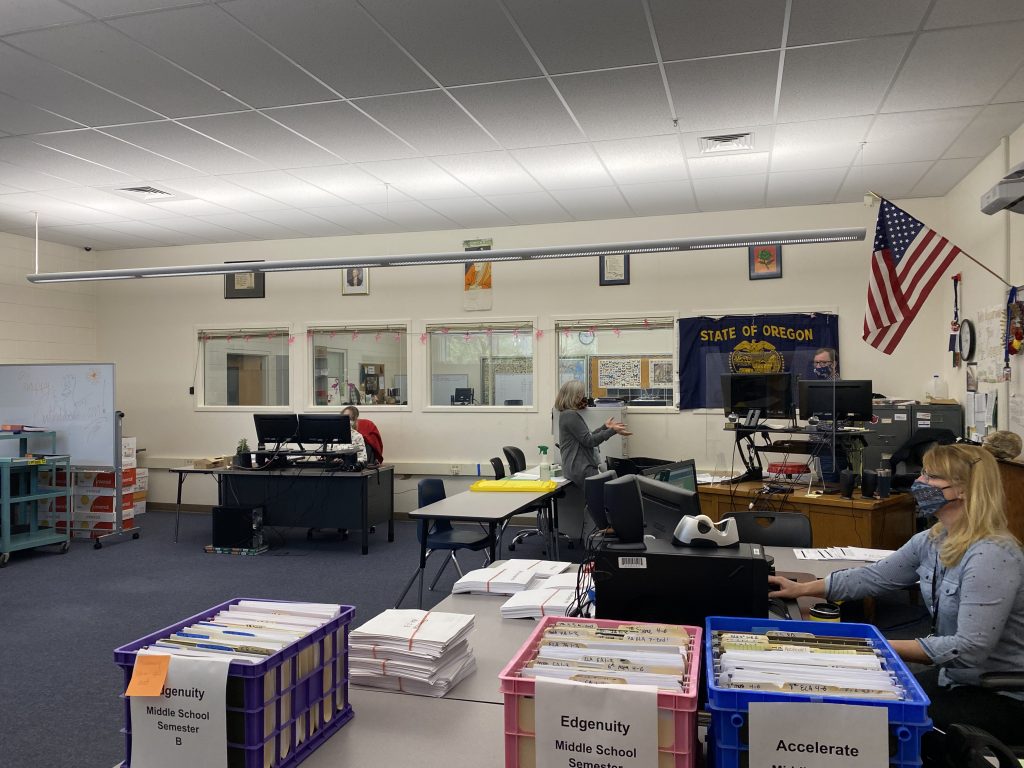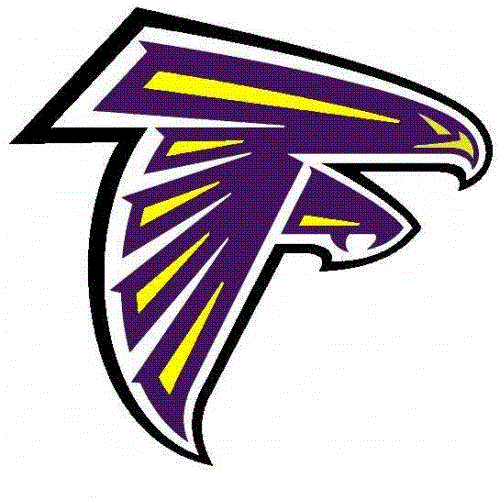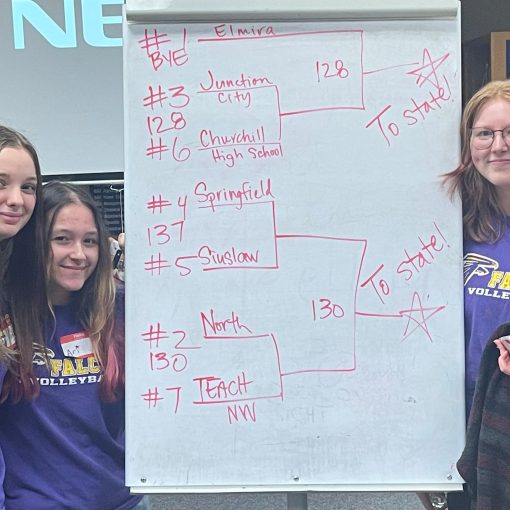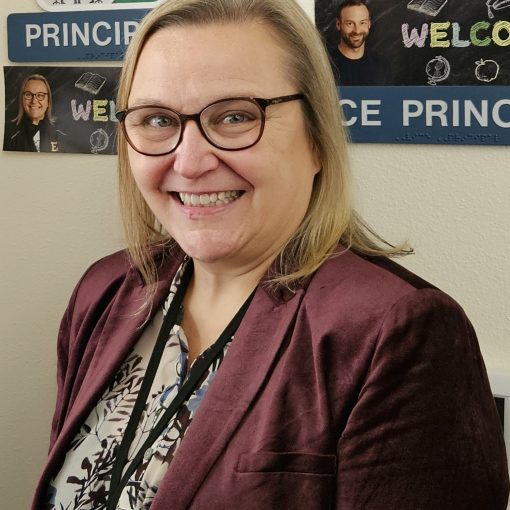
The Fern Ridge School District’s Options Program provides a distance-learning alternative for students, who complete their schooling virtually at home while remaining part of the district’s schools. The timing of the program, which started in August 2020, proved to be critical with not only the local district but the entire world dealing with the COVID-19 pandemic.
The program operates under the direction of Forrest Cooper and Mari Jones. Cooper is the program director and secondary school curriculum coordinator, and Jones is the elementary school curriculum coordinator.
The Options teachers include Ruth Lewis at the elementary level and several teachers for grades 6 to 12, including Rob Lee, Debra St. Hilaire, Michelle Nelson and Jon Guldager, who is a part-time Options secondary educator and the career and CTE director.
Students are expected to dedicate three to four hours a day to online schoolwork, which serves as their attendance for that day, and to turn in at least one assignment per day. Work schedules are kept in a block schedule, with three or four classes per day and longer class periods.
Cooper said the inspiration behind starting the program was to help keep students and staff in the district. Without the Options Program, the Fern Ridge School District stood to lose about 400 students, or $4 million in loss of students and staff.
The COVID-19 pandemic was a factor in that projected loss, but the program also is important to many families in the community because it serves students who need to work, who are ill, or who don’t want in-person instruction because of the social and emotional stressors. The program also allows more electives for students.
“It’s an easier learning experience,” Options student Miranda LePage said.
Though the Options Program has been a positive addition to the district, it still has some negatives for both students and teachers.
“I think nine out of 10 students are better served in person than in Options,” Cooper said. “You don’t have the same in-person help. It should not be the first option for most students.”
“I didn’t really learn anything,” sophomore and former Options student Gwen Scadlock said. “I couldn’t ask questions, or visualize answers, and sometimes what the teachers taught and the program taught were different.”
When Options started, there were 400 students and 21 staff members. The program was severely understaffed, as the heads of the program expected only 15 to 20 students. Today, there are about 90 students with nine staff members.
No matter the reasons for being in distance learning, the Options Program is serving its purpose in giving students a virtual option for their education.




